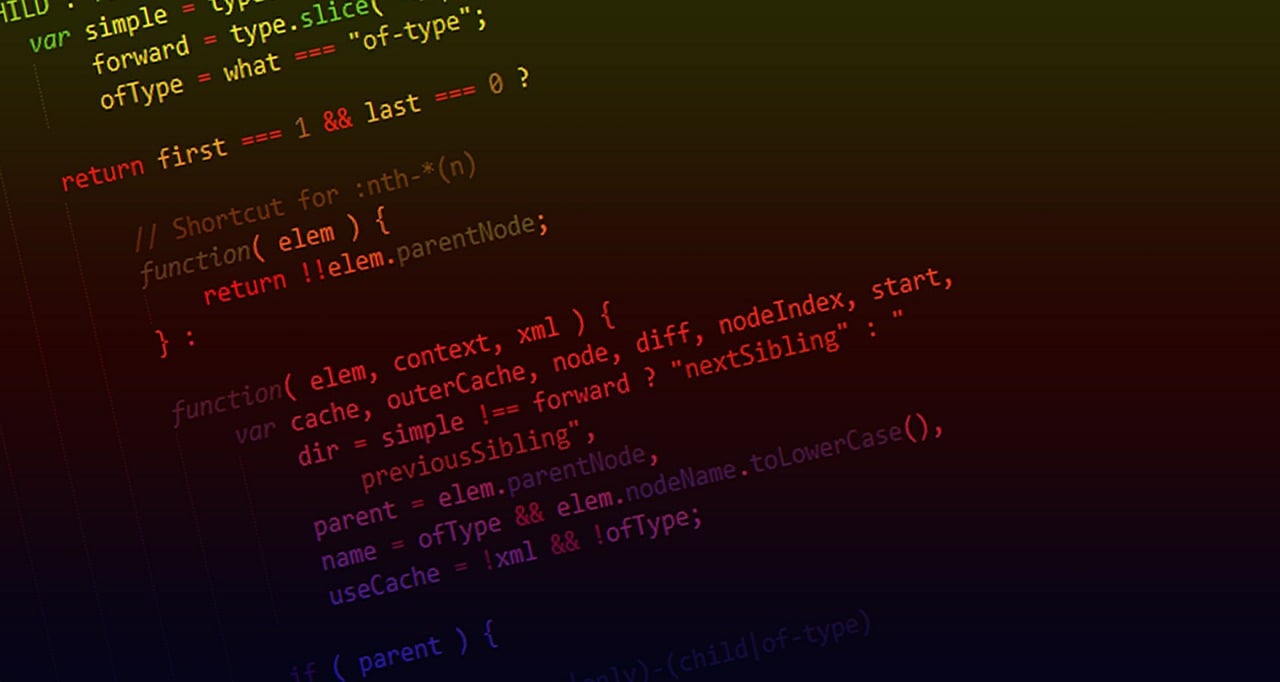React framework is a popular JavaScript library used to build user interfaces, especially for web applications. It allows developers to create reusable UI components, making it easier to manage and update the UI as the application grows. A React component library is an assemblage of pre-made components that developers may utilize to build apps. These libraries provide ready-to-use, best-practice-compliant components, saving time and effort.
In this article, we will look at five top React component libraries that are useful for building UIs. Each library has its advantages and disadvantages, and we will provide a brief overview of each one.

What is a React UI Library?
A React UI library is a collection of components and tools designed to help developers create user interfaces in React. These libraries provide various React UI elements, such as buttons, forms, and navigation bars, allowing developers to build applications with a consistent style and design. Using a library not only speeds up development but also improves the quality of the final product.
Many React libraries for UI offer features like theming, grid layouts, and responsive design, making it easier to create applications that work on different devices. Developers can also find React CSS libraries within these tools, which simplify the process of styling components. These libraries promote best practices, reducing the chances of mistakes and improving collaboration among teams. By following standard guidelines, developers can create efficient and well-organized applications.
How to Choose the Right React Component Library
When choosing a React component library, it is important to evaluate several key factors to select the best tool for your project. With so many options available, understanding your project's specific requirements and how a library can meet those needs is essential. Whether building a simple website or a complex web application, using the right React UI library can significantly improve the development process. Beyond just providing React UI elements, these libraries can simplify styling through React CSS libraries and help maintain consistency across your project.
In addition to the technical aspects, a good React library should provide strong community support and comprehensive documentation to make it easier for developers to use and customize the components. This guarantees that you can locate assistance when required and promptly handle any problems. Having a flexible, high-performing library that integrates well with your existing tools will save time and make development smoother.
You can choose the right library to support your development process and project goals by carefully considering these factors. With the wide variety of React libraries for UI available, finding one that offers the right components and customization options will not only improve your workflow but also contribute to your application's overall quality and maintainability. The right library can make a big difference in the efficiency and scalability of your project.

React Component Libraries
React component libraries are essential for developers to create efficient and visually appealing user interfaces. These libraries consist of pre-built components that simplify development by providing standardized, reusable elements such as buttons, forms, and navigation menus. Using a React framework UI allows developers to save time, maintain consistency, and follow best design practices more easily. Many of the best UI libraries also support theming and responsive design, ensuring that applications adapt well across different screen sizes.
For developers who want both flexibility and customization, a React style library offers built-in styling options that allow them to adjust the appearance of components without writing extensive CSS. With so many choices, selecting the best UI component library can significantly affect a project's overall look and performance.
In the following sections, we will explore some of the cool React libraries leading the way in 2024, helping developers build high-quality user interfaces efficiently.
1. Material-UI
Material-UI is one of the most popular React component libraries. It is based on Google's Material Design guidelines, which provide a consistent and modern look for web applications. This library makes it simple for developers to construct aesthetically beautiful user interfaces by providing a wide selection of components, such as buttons, grids, and cards. Material-UI emphasizes responsiveness and accessibility, ensuring that applications look great on various devices and are usable by all users.
One of the standout features of Material-UI is its theming capabilities. Developers can easily customize the appearance of components to match their branding or design preferences. This flexibility and a comprehensive set of components allow for rapid development without sacrificing quality. However, the library can become heavy for smaller projects and may require a deeper understanding of Material Design principles for complete customization. Overall, Material-UI is ideal for building applications that require a clean and professional look while providing the necessary tools to create a polished user experience.

2. Ant Design
Ant Design is another popular UI library for React, specifically crafted for building enterprise-level applications. It offers a wide range of excellent components to meet different requirements, guaranteeing a unified design language throughout the application. This library emphasizes usability, making it easier for users to interact with complex interfaces, which is particularly important in enterprise settings where user experience can significantly impact productivity.
In addition to its extensive component library, Ant Design offers various tools and utilities that improve the development process, such as layout systems and form validation mechanisms. This makes it a powerful choice for teams working on large-scale projects that require advanced features and a polished, professional design. However, some components may appear excessively complex for lesser projects, and the learning curve can be challenging for inexperienced users. Despite this, Ant Design remains a strong option for developers looking to create powerful applications prioritizing functionality and aesthetics.
3. Chakra UI
Chakra UI is a modern React component library that provides simple and flexible components, making it easy for developers to build user interfaces. Its primary focus on accessibility and ease of use sets it apart from many other libraries. With Chakra UI, developers can swiftly construct apps while following best practices in design, resulting in a visually appealing and user-friendly final product.
One of the standout features of Chakra UI is its straightforward API, which makes it easy to implement and customize components. The library includes built-in styling props that enable rapid adjustments without needing extensive CSS knowledge. Additionally, Chakra UI is designed with responsive design in mind, allowing developers to create layouts that work well on various devices, from mobile phones to large screens.
While Chakra UI offers a smaller component library than other options, its components are versatile and cater to many use cases. Some components may require additional styling to fit specific design requirements. Still, this flexibility makes Chakra UI a good choice for developers who want to create accessible applications without much overhead. Chakra UI is an excellent option for projects where speed, usability, and accessibility are top priorities.
4. Semantic UI React
Semantic UI React is a popular library that utilizes Semantic UI principles to create user interfaces. For developers who want to create applications that are both aesthetically pleasing and functional, its emphasis on offering a readable and unambiguous user interface layout makes it a desirable option. Semantic UI React uses descriptive class names to promote better understanding and maintenance of code, allowing teams to work more effectively together.
The library has good documentation, which is important for developers who want to learn how to implement its features and best practices quickly. Additionally, it supports theming, enabling developers to customize the appearance of components to align with branding requirements easily. However, Semantic UI React has fewer components than other libraries, which might limit options for more complex projects.
Furthermore, it can feel less flexible for advanced use cases where developers might need highly specific components or functionality. Despite these limitations, Semantic UI React is ideal for projects requiring a clear structure and a clean interface, making it suitable for small and medium-sized applications where clarity and organization are necessary.

5. React Bootstrap
React Bootstrap is another popular UI library for React for developers familiar with Bootstrap, a widely used CSS framework. This library provides Bootstrap components as React components, making it easy to integrate Bootstrap styles into React applications effortlessly. Using React Bootstrap, developers can quickly build responsive user interfaces without having to write extensive custom CSS. The library retains Bootstrap's familiar look and feel, which can significantly speed up development for those who have previously worked with Bootstrap in non-React projects.
The responsive components offered by React Bootstrap automatically adjust to various screen sizes, ensuring a consistent user experience across devices. In addition, the library has strong community support, providing access to resources, tutorials, and troubleshooting assistance. However, React Bootstrap is somewhat limited to Bootstrap styles, which may not suit all design preferences or allow extensive customization.
Some developers may find deviating from the Bootstrap aesthetic challenging when using this library. Nonetheless, React Bootstrap is best for developers who are already comfortable with Bootstrap and want to use it in their React projects, allowing them to maintain consistency while benefiting from React's capabilities.
The best UI component library for your project always depends on your specific needs, such as the types of components offered and how customizable they are. The key is to find a React UI component library that fits well with your workflow and the goals of your project. Whether you're using a UI React JS library for its simplicity or its extensive features, making the right choice can significantly improve both the development experience and the final product.
The Best UI Library for React
In conclusion, selecting the right React UI component library is important for building effective user interfaces. The five libraries discussed in this article—Material-UI, Ant Design, Chakra UI, Semantic UI React, and React Bootstrap—each offer unique features and advantages, making them stand out among the best React components available.

Material-UI is great for modern designs and has strong community support, making it a popular choice for many projects. Ant Design is ideal for complex applications and provides a wide variety of components, making it a solid option for large-scale projects. Chakra UI focuses on accessibility and customization, allowing developers to build user-friendly interfaces quickly. Semantic UI React offers a clean and organized structure, promoting better code readability and maintenance. React Bootstrap is perfect for developers familiar with Bootstrap styles, helping them integrate Bootstrap components into React projects easily.
Selecting the best React UI component library depends on your specific project needs, design preferences, and team experience. By considering the factors outlined in this article, you can make an informed decision that will help you create efficient and flexible user interfaces for your applications in 2024.
